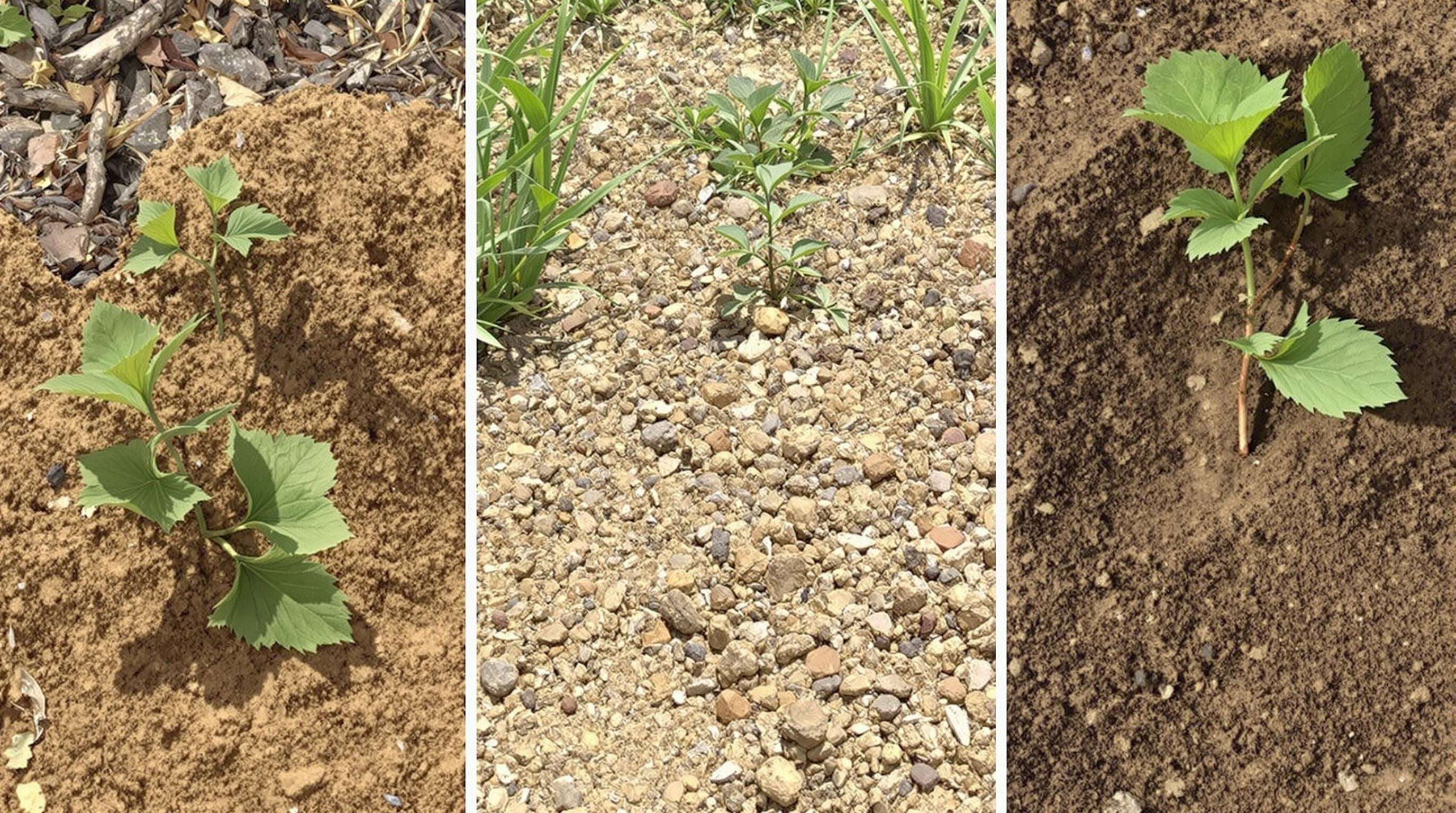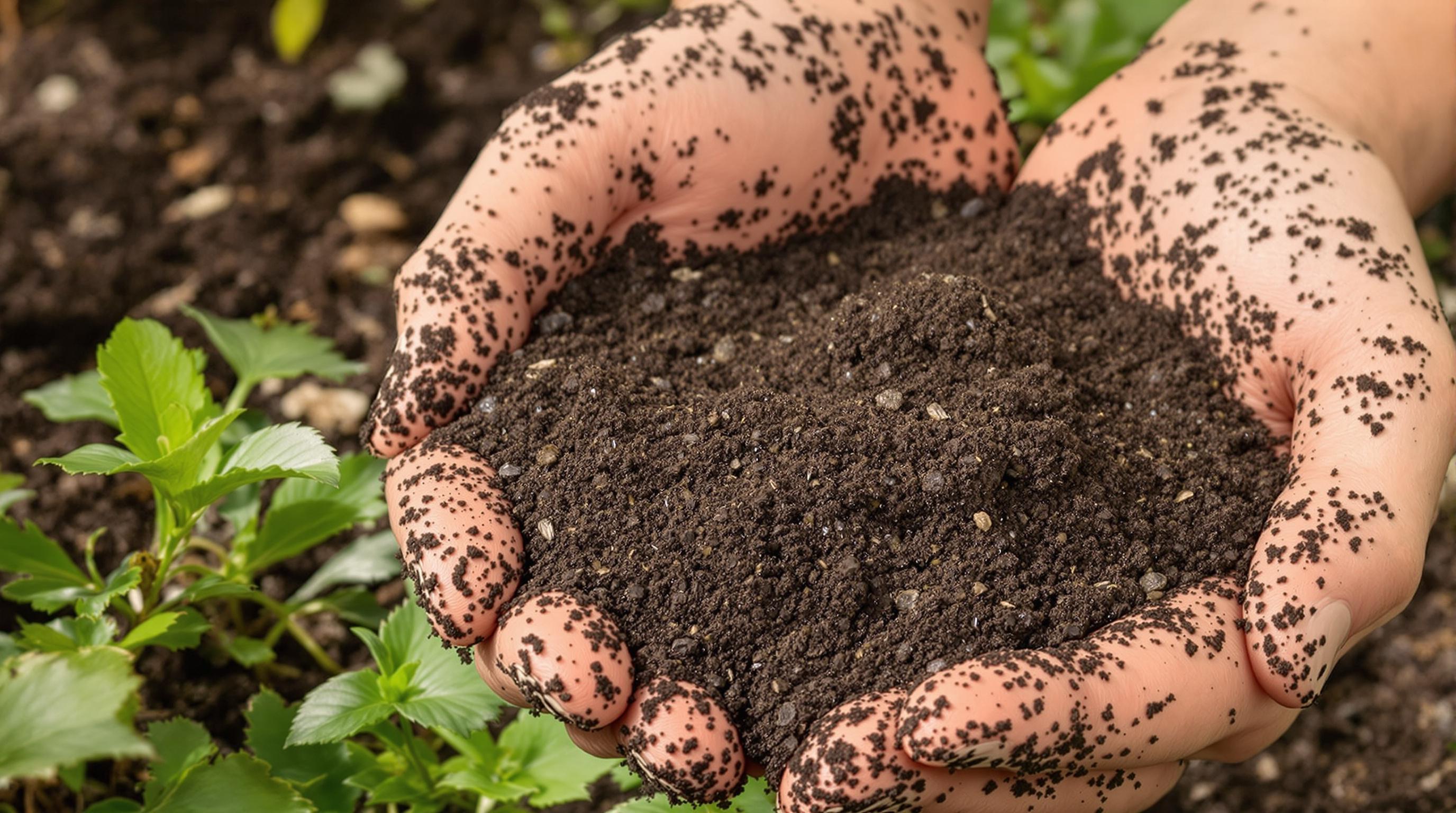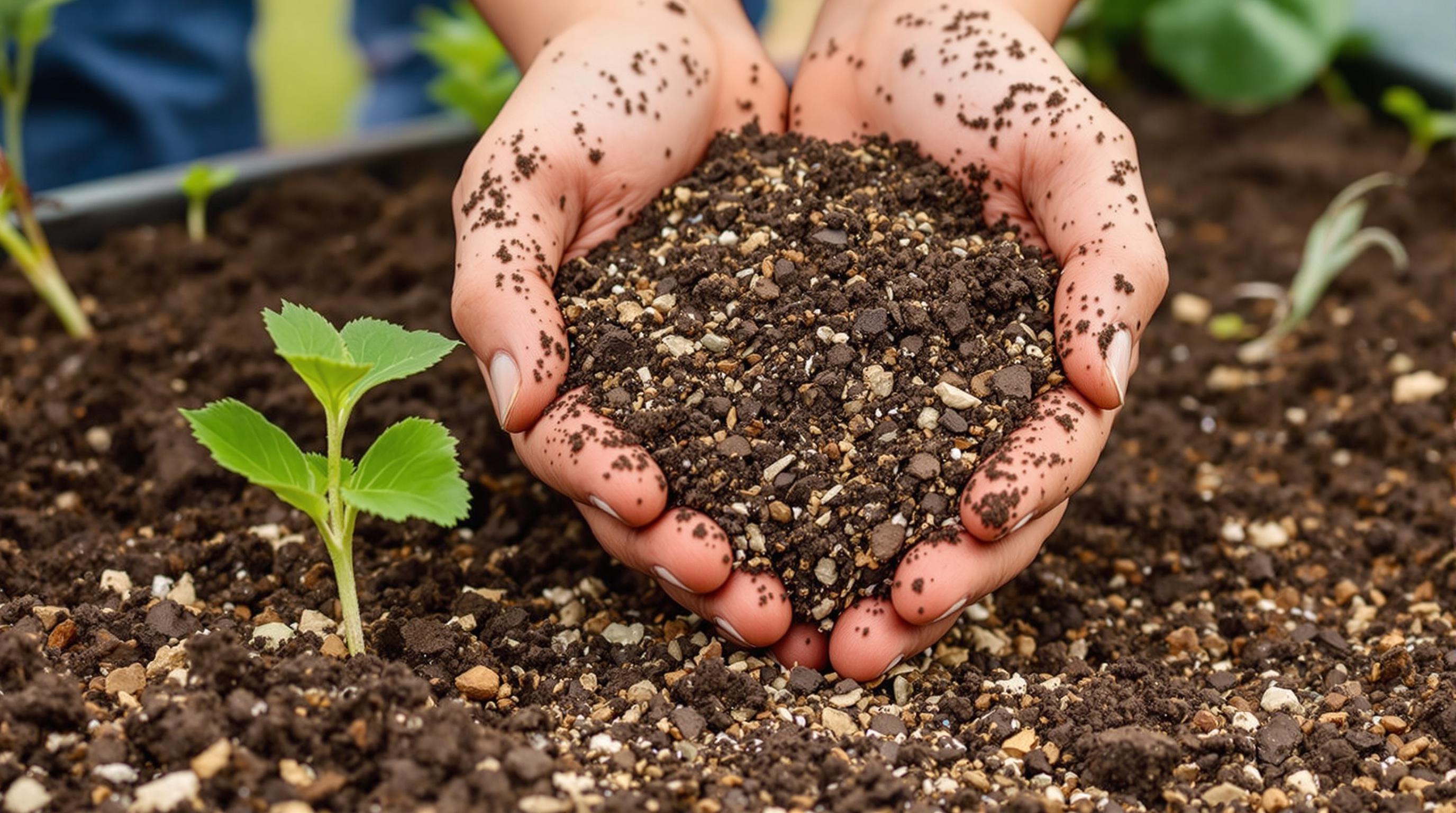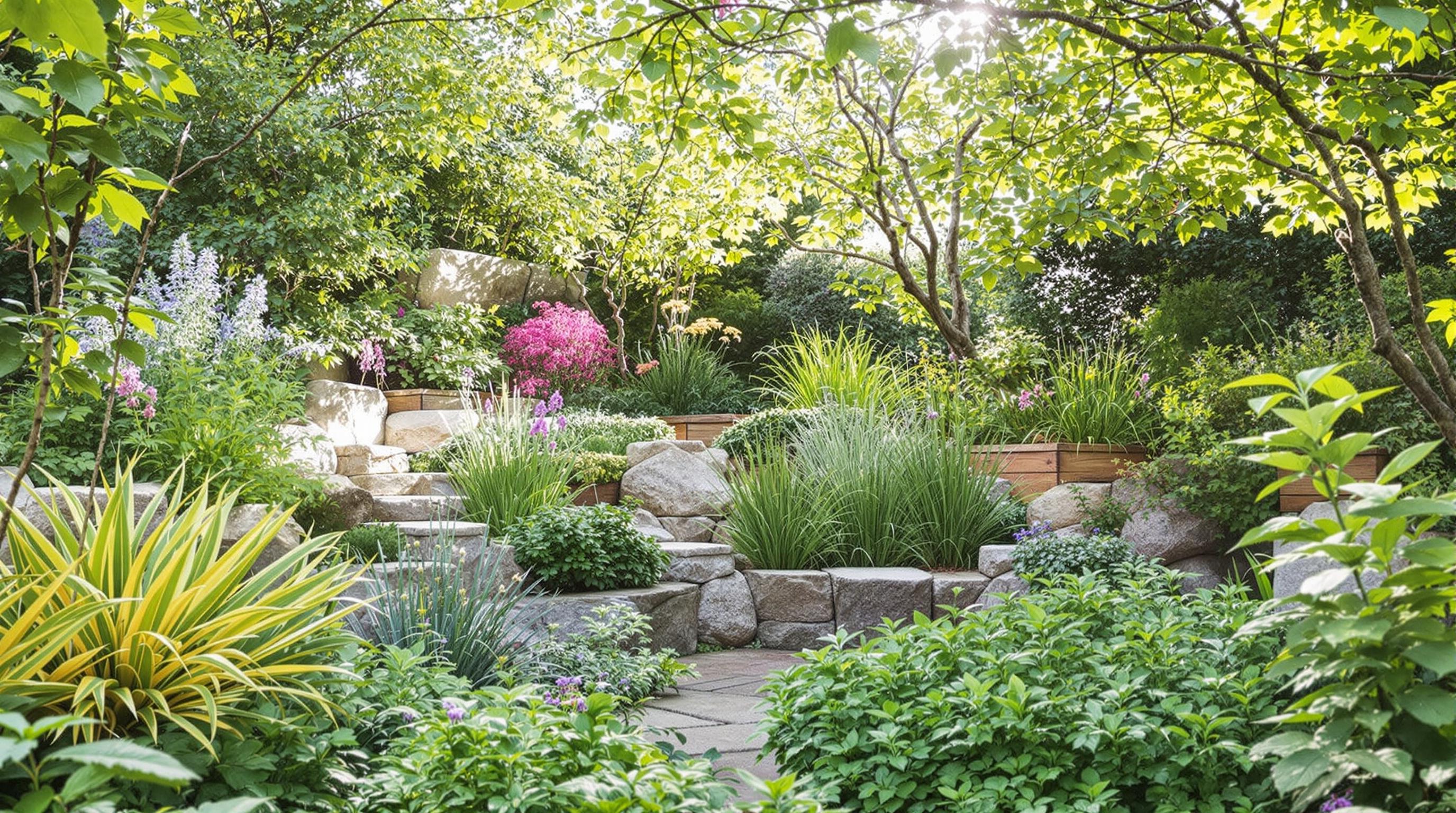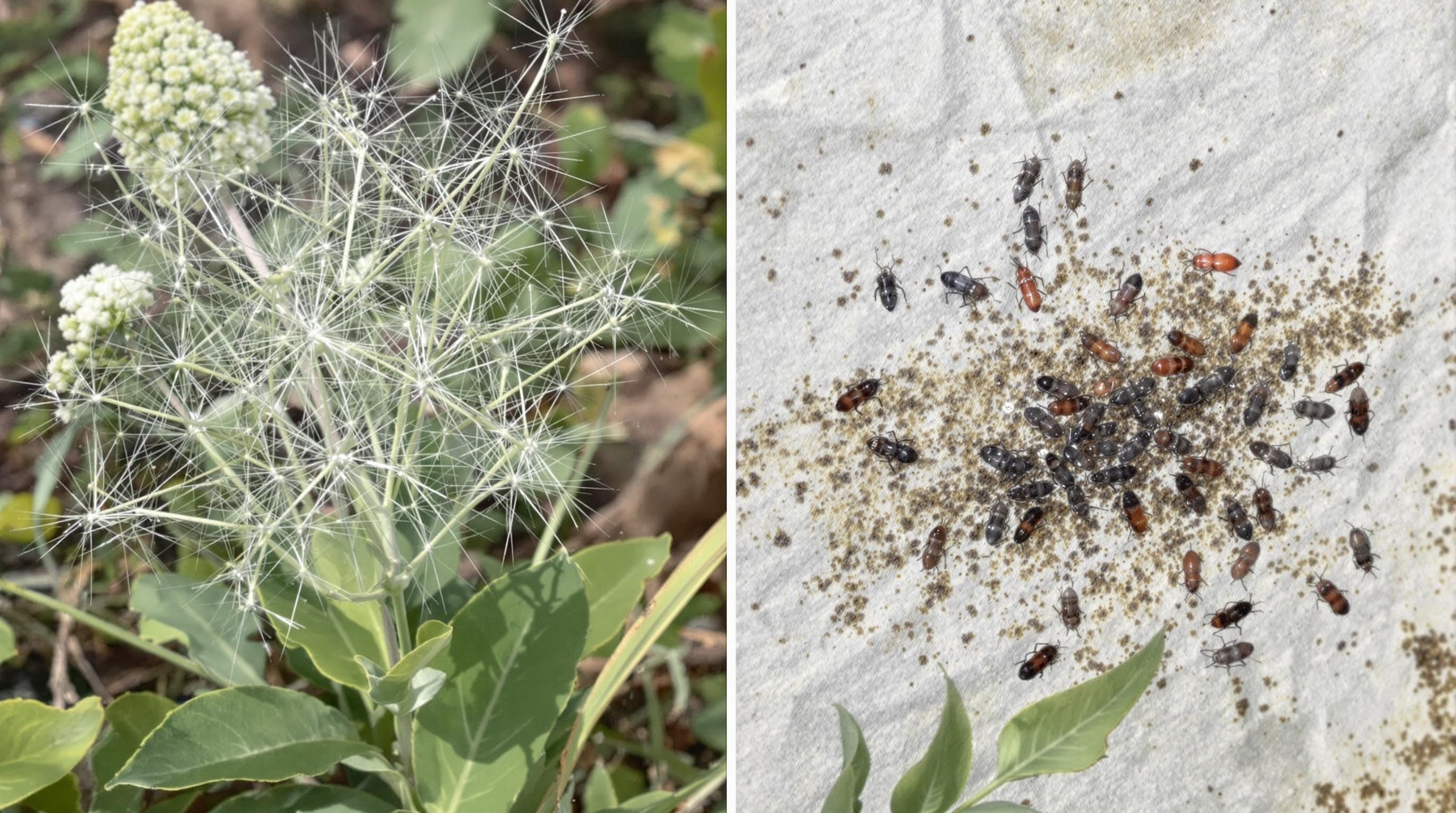Related Articles
- The Hidden Influence of Ergonomics: How Tool Design Shapes Our Physical Spaces and Daily Lives
- The Silent Influence: How Hidden Home Implements Shape Our Daily Routines and Spaces
- The Counterintuitive Role of Chaos: How Messy Tool Storage Can Lead to Unexpected Home Innovations
- Exploring the Unseen: How Audio Experiences Shape the Art of Domestic Spaces and Color Perception
- Rethinking the Mundane: How Everyday Objects are Becoming the Canvas for Modern Artistic Expression in Home Spaces
- Cultivating Chaos: The Surprising Benefits of Embracing Weeds in Your Garden Ecosystem
9 Unusual Terroirs: How Unique Soils Influence Garden Design and Unleash Unseen Potential in Your Landscape
9 Unusual Terroirs: How Unique Soils Influence Garden Design and Unleash Unseen Potential in Your Landscape
9 Unusual Terroirs: How Unique Soils Influence Garden Design and Unleash Unseen Potential in Your Landscape
Understanding Terroir
Terroir is a French term that translates to "soil" but encompasses much more than just the ground beneath our feet. It embodies the unique interplay of geology, climate, and local culture that affects the growth of plants. In gardening, acknowledging terroir can transform a simple planting scheme into a vibrantly diverse ecosystem.
The concept of terroir is usually applied in viticulture, but its principles extend to all forms of gardening. By considering the specific qualities of soil, microclimates, and available nutrients, gardeners can make more informed choices about the plants they cultivate. Understanding terroir fosters a deeper appreciation for the native flora that thrives in a particular environment.
When planned with terroir in mind, landscapes not only grow healthier plants but also reflect the authentic character of the location. It allows for a tailored approach to garden design that respects and utilizes the unique attributes of the land.
The Impact of Soil Composition
The composition of soil significantly dictates the types of plants that can thrive in a particular area. Clay-rich soils retain moisture but can hinder root development, while sandy soils drain quickly but may not hold nutrients effectively. By understanding soil composition, gardeners can craft designs that utilize plants suited to their specific conditions.
For example, a garden planted in clay soil might incorporate species that love "wet feet," such as irises or certain sedges. Conversely, a dry, sandy soil could support drought-resistant plants like lavender or succulents. Each choice caters to a plant's inherent strengths, boosting their growth and overall performance.
Moreover, by ameliorating the soil through organic compost and other amendments, gardeners can enhance its structure, facilitating the growth of a wider array of plants. This adjustment serves as an efficient technique to optimize the soil’s potential, aligning with the principles of sustainable gardening.
Microclimates and Their Role
Microclimates—localized variations in climate within a larger area—can drastically influence garden design. Factors such as frost pockets, sun exposure, and wind patterns create distinct zones where different plants may thrive. Recognizing these microclimates allows for strategic planting that optimizes growth conditions.
For instance, a south-facing slope will receive more sun, making it an ideal spot for warmth-loving plants like tomatoes or peppers. In contrast, shaded areas created by tall trees or buildings might support ferns or hostas, which flourish in lower-light conditions. By paying attention to these microclimates, gardeners can create a harmonious blend of diverse plant life.
Using microclimates intelligently also encourages biodiversity in garden design. Incorporating native species into different zones promotes resilience and attracts a variety of pollinators, which can enhance the overall garden ecosystem. As such, understanding microclimates elevates a gardener's ability to craft a lush and thriving landscape.
Native Plants and Terroir
Utilizing native plants in garden design is one of the most effective ways to embrace the local terroir. These species have adapted over generations to thrive in specific conditions unique to a region, ensuring they will flourish with minimal intervention. They cultivate an authentic sense of place, enriching the cultural narrative of the landscape.
For example, Mississippi’s native azaleas and magnolias not only enhance the aesthetic appeal but also play a crucial role in fostering local wildlife. Understanding which native plants pair well with the soil composition and climate of your location allows gardeners to create a low-maintenance garden that thrives naturally.
By employing native plants, gardeners can contribute to the preservation of local ecosystems. This intrinsic relationship between plants and terroir emphasizes the importance of biodiversity and underscores a gardener's responsibility to protect and promote their local environment.
Unusual Soils: Exploring the Unique
Some regions offer unusual soil types, such as serpentine soils, which are rich in magnesium but often deficient in other essential nutrients. These nutrient-poor soils can be challenging for plant growth, but they also present unique opportunities for creating specialized gardens using plants specifically adapted to such conditions.
Gardens on serpentine soils can be designed using species like California lilac or certain types of wildflowers that thrive in mineral-rich yet nutrient-deficient environments. Using these unique species not only supports biodiversity but also creates an engaging garden aesthetic that stands out.
Ultimately, unusual soils can unleash the potential of a garden by pushing the boundaries of creativity. Gardeners who embrace these challenges can transform seemingly inhospitable areas into stunning landscapes, demonstrating resilience and adaptability.
The Role of Drainage
Drainage is a physical attribute of soil that dictates how quickly water moves through it, significantly impacting plant choice and garden design. Whether addressing naturally well-draining sandy soils or heavy, clay types that retain moisture, understanding drainage allows for more informed design choices.
For example, a garden designed in well-draining soil can feature plants that are drought-tolerant, while areas with heavy clay might require plants that can handle wet conditions, like irises or creeping jenny. Strategic design can ensure that both types of soils serve their purpose efficiently, promoting plant health and sustainability.
Adding elements like swales or rain gardens can improve drainage where needed while enhancing the landscape's aesthetic value. These engineered solutions complement the natural drainage patterns of the soil, ensuring that each plant thrives while also making the most of the available resources.
Texture and Structure: A Hidden Asset
Soil texture and structure refer to the size of soil particles and how they interact, affecting aeration, nutrient retention, and overall plant health. Different textures can dramatically influence water retention and microbial activity, which in turn affect plant choice and landscape performance.
Soil with a sandy texture may require more frequent watering and nutrients compared to loamy soil, which provides an ideal balance of drainage and retention. By selecting the right plants for a specific soil texture, gardeners can maximize growth while minimizing maintenance—an essential motivation for many gardening enthusiasts.
Incorporating diverse soil textures across the landscape creates visual interest. Layers of varying textures can form eye-catching designs, allowing one to appreciate how different plants uniquely interact with their environments. Such thoughtful design enhances the overall appeal and function of the garden.
Seasonal Changes and Terroir
Recognizing how seasonal changes affect soil and plant interactions is crucial in garden design. The four seasons introduce variations in temperature, moisture, and sunlight, which can influence both soil conditions and plant performance. Understanding these seasonal shifts helps gardeners plan for year-round beauty and functionality.
For instance, a garden designed with fall-blooming perennials can create vibrant displays as most summer blooms fade. Choosing plants that respond well to the seasonal cycle promotes continuous visual interest and enhances the garden's overall health.
Adaptability is key when designing with seasonal changes in mind. By selecting a mixture of plants that flower or shine in different seasons, gardeners can ensure their designs remain lively and engaging throughout the year, celebrating local terroir with every bloom.
Concluding Thoughts on Terroir
Understanding the concept of terroir and its implications for garden design can deepen a gardener's connection to their landscape. By acknowledging the interplay of soil, climate, plant species, and human creativity, one can create truly remarkable outdoor spaces that resonate with their environment.
From utilizing local plants to optimizing soil conditions and addressing microclimates, every detail of garden design can encourage a thriving ecosystem. This holistic approach fosters a reciprocal relationship between nature and human ingenuity, resulting in beautifully integrated landscapes.
As gardeners embrace the nuances of terroir, they unlock the potential within their landscapes, transforming them into flourishing habitats that reflect the unique essence of their surroundings. Embracing these principles offers not just a garden, but a celebration of the natural world we inhabit.
